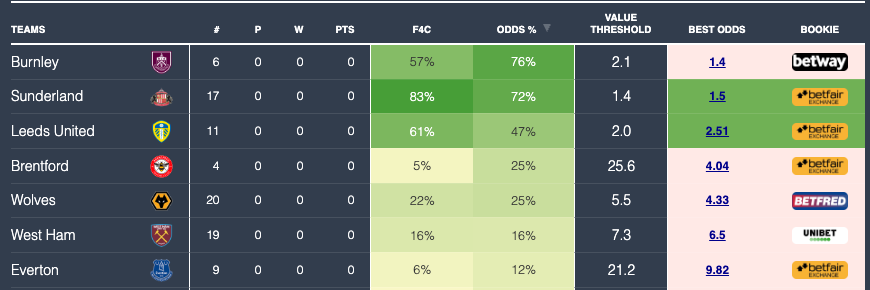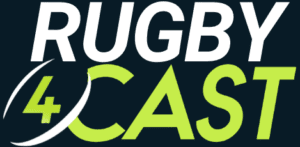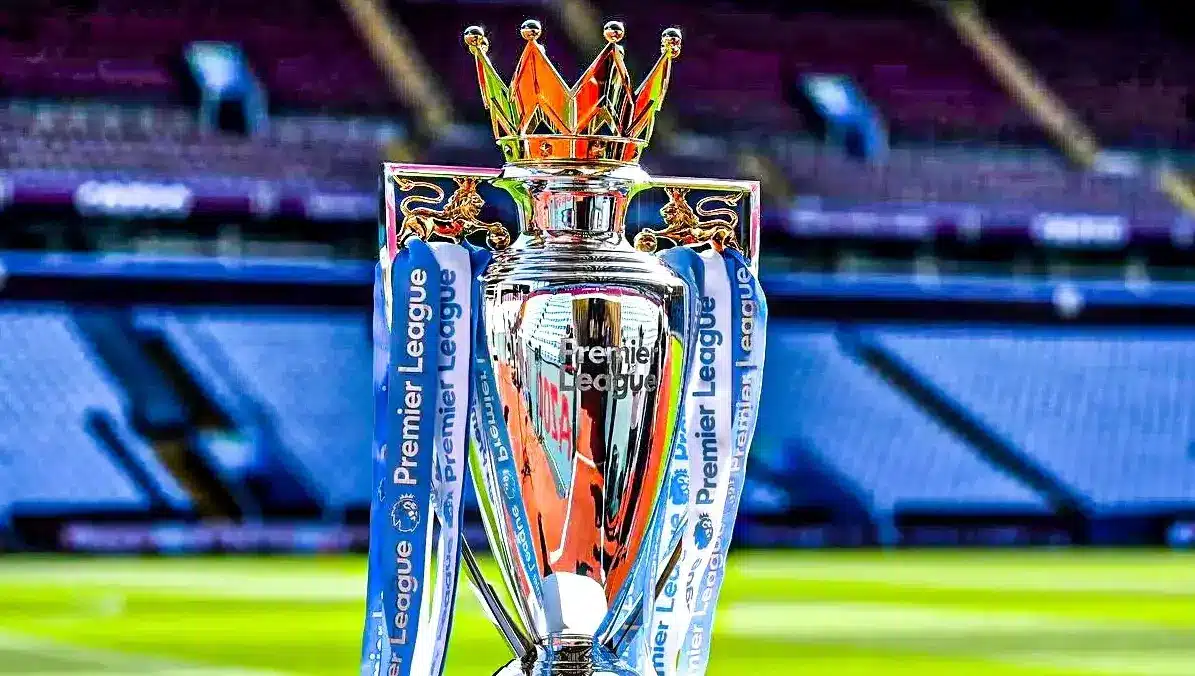The Premier League returns this weekend with the sense that the next nine months may be shaped by fine margins at both ends of the table. Three clubs—Manchester City, Liverpool, and Arsenal—appear set to pull away from the rest, while the bottom looks brutally clear for the newly promoted sides. Between those extremes sits a muddled middle, where money spent may not translate to forward momentum.
This is the 34th Premier League campaign, and it brings back old fixtures long missed. The Tyne–Wear derby returns after nearly a decade. Meanwhile Burnley and Leeds United make yet another bid for survival. Off the pitch, the financial stakes are as high as ever, with clubs spending heavily in a summer transfer market that has reshaped squads and expectations.
City, still smarting from a rare trophyless season, have spent over £300 million over the past eight months to inject fresh energy, with Rayan Cherki and goalkeeper James Trafford among the headline arrivals. Liverpool, defending champions under Arne Slot, have gone bigger still, smashing their transfer record to bring in Florian Wirtz for €136 million as part of a €300 million overhaul. Arsenal have added Viktor Gyökeres, Noni Madueke and Cristhian Mosquera, hoping that a fourth consecutive season in the top two can finally be turned into a title.

Comparison to the bookies
The numbers suggest the race will be tight. Our model gives City a 33% chance of lifting the trophy, just ahead of Liverpool’s 32%, with Arsenal at 26%. The market agrees that these three are the frontrunners, but the implied odds tell a subtler story. City’s probability in the betting markets sits at just 23%—far below our projection. This makes their current price of 4.63 on Betfair one of the more compelling long-term wagers. Liverpool, conversely, are slightly overvalued, with bookmakers rating them at 36% when our model is four points lower.

At the bottom

Lower down, the gap between numbers and narrative becomes even more intriguing. Sunderland’s return to the top flight looks ominous. We make them 83% likely to go down, above the market’s 72%. Odds of 1.5 at Betfair may look short, but for the risk-averse, they hold value. Leeds also edge into betting territory, our 61% projection beating the market’s 47%, with a current 2.51 available at Matchbook. Burnley, however, offers the opposite—our numbers put them at just 57% to drop, well below the market’s 76%, suggesting there is no value in following the crowd.
There are also surprises. Brentford, touted in some quarters as vulnerable, are given a 24% relegation chance by bookmakers. However, just a 5% by our model. Wolves are close to parity—25% in the market, 22% for us—so hardly worth a punt. And then there is Tottenham Hotspur, whose dismal 2024–25 campaign lingers in the data. Our model makes them 18% likely to go down—six times the bookmakers’ estimate of 3%. At current Matchbook prices of 101, that is the long shot with the longest shadow.
In the Middle
In between the title fight and the relegation struggle is Manchester United. Having spent over £150 million on Benjamin Šeško, Bryan Mbeumo and Matheus Cunha, yet still register an 88% probability of finishing mid-table. It is the kind of projection that will unnerve supporters. Too strong to go down. Too blunt to challenge, destined for a year without real jeopardy or reward.
If the projections hold, the season will belong to the three at the top and the three at the bottom, with everyone else fighting either to bridge the gap or to avoid being dragged into the wrong half of the table. But football seasons rarely obey spreadsheets. Injuries, fixture runs and unexpected bursts of form will shift the numbers quickly. For now, the numbers tell us Manchester City are the favourites (just!), there is value backing Sunderland and Leeds to go down, and Tottenham are a real speculative bet for those who like their wagers big and bold.




















